Are you excited to make 2025 your best fishing year? Washington’s waters are full of fish, offering a rich variety of fishing opportunities. In recent years, anglers have caught more fish than before. The average catch was 3.4 fish per person in 2024, an increase from 2.9 fish in 2023. For a successful catch, timing matters, especially during the peak Washington fishing season.
To fully enjoy the activity, it’s important to follow the rules and know the best times and places to fish. So, here we will break down everything about the fishing seasons and regulations in Washington.
Washington Fishing Season by Species
The fishing season in Washington is open year-round. You can fish at any time as long as you have a valid license and follow the rule.
There is also Free Fishing Days on June 7 – 8, 2025. These days, everyone, regardless of whether residents or non-residents, can go fishing without a license.
Salmon Fishing Season
Fishing for salmon is a big deal in Washington. In 2025, salmon numbers are expected to grow a lot. For example, Puget Sound pink salmon may reach 7.76 million. This is 70% more than the 10-year average so it will be a great year to catch pink salmon!
Sockeye salmon also look promising. Lake Wenatchee sockeye are forecasted at 94,000, much higher than the 23,000 goal. Columbia River sockeye are forecasted at 350,200. This is slightly above the average but lower than last year. If enough fish spawn, there could be a late-summer fishing season.
Here’s a simple look at the 2025 Washington salmon forecast:
| Salmon Type | 2025 Forecast | Change from 10-Year Average | Previous Year Return |
| Pink Salmon | 7.76 million | +70% | 7.22 million |
| Sockeye Salmon | 60,214 | +57% | 56,750 |
Timing matters when fishing for salmon. Pink salmon are easiest to catch in late summer. Sockeye salmon timing depends on the different rivers you plan to fish because rules can change between rivers and lakes.
Trout and Steelhead Fishing Season
Washington has trout and steelhead fishing all year. The best times depend on where and what you fish for. Trout Fishing in rivers and streams is open from late May to October 31. Lakes and ponds stay open all year, so you have many chances to fish.
Steelhead fishing has changed over time due to their numbers have dropped over the years. To catch them, you can plan trips during late winter or early spring when they peak.
There may be gear rules when fishing for trout or steelhead, so remember to check what types of hooks and gear you can use.
Bass and Panfish Fishing Season
Bass and panfish fishing is great for everyone in Washington. These fish are easy to find in lakes and ponds. They’re perfect for family fishing trips. Spring and summer are the best times to catch them.
Here’s how bass and panfish fishing changes by season:
- Spring: Fishing gets better as water warms, peaking during spawning.
- Summer: Activity slows, but early morning and evening are good times.
- Fall: Fishing improves as water cools and food becomes available.
- Winter: Harder to fish as they move deeper and become less active.
Shellfish and Crabbing Season
If you love fresh seafood, Washington’s shellfish and crabbing season is something you don’t want to miss. The state’s coastal waters and bays are teeming with Dungeness crab, razor clams, oysters, and more. Each species has its own season, so timing is everything.
The best time to catch Dungeness crab is during the summer and early fall. Use a crab pot or ring net, and chicken legs or fish carcasses work great as bait.
There is one thing to remember that the male Dungeness crabs you catch must be at least 6 ¼ inches across the shell to keep. Females and undersized crabs must be released immediately.
Shellfish harvesting is a fun activity for all ages. It’s a great way to enjoy the outdoors while gathering a delicious meal.
You can dig razor clams or collect oysters on Washington’s beaches. This usually happens in spring and fall, depending on the tides.
Halibut and Sturgeon Fishing Season
Halibut and sturgeon are known for their size and strength, making them a favorite for those seeking an adventure.
Halibut season typically opens in May and runs through June, with specific days set by WDFW. These flatfish are found in deep waters off the Pacific Coast and in the Strait of Juan de Fuca.
Note that halibut fishing is highly regulated. Pay attention to the daily limits and open days to avoid fines.
Sturgeon fishing is a year-round activity in Washington, but the best time is late spring through early summer. Most sturgeon fishing is strictly regulated and applies catch-and-release only.
Washington Fishing License Requirements and Costs
In Washington, the type of fishing license you require depends on where and what fish you plan to catch. There are two main categories:
- Freshwater License: Only for fishing in freshwater areas.
- Saltwater License: Only for fishing in saltwater areas.
- Short-Term Combination License: Only valid for 1 – 3 days; and not valid for game fish on April 26-May 3, 2025.
Additionally, if you plan to fish for specific species, you may need endorsements or Catch Record Cards (CRC) to document your catches.
Except for the short-term licenses, all other licenses are valid for one year from April 01, 2025 to March 31, 2026.
Who Needs a Fishing License?
Adult Anglers: Anyone aged 15 years or older must have a fishing license, along with any necessary endorsements and CRCs for specific species. Note that THERE IS NO NEED to possess a license to fish for common carp in Moses Lake or Vancouver Lake, to harvest bullfrogs, or to collect relic shells.
Youth Anglers: Those 14 years and younger do not need a fishing license but must have a CRC for certain species. Adults can assist youth without a license if they’re not fishing or harvesting themselves.
How Much Do Fishing Licenses Cost?
Here’s a breakdown of the costs for various fishing licenses in Washington:
| License Types | Resident Angler 16+ | Non-Resident Adult Angler | Senior Angler Resident 70+ | Angler Age 15 | Non-Resident Disabled Veteran |
| Get Outdoors | $ 236.18 | – | – | – | – |
| Fish Washington (includes a VAP ) | $69.55 | – | – | – | – |
| Combination (includes a VAP) | $55.35 | $ 124.65 | $19.05 | $8.05 | $55.35 |
| Freshwater (includes a VAP 2) | $ 29.50 | $84.50 | $7.50 | – | – |
| Saltwater (includes a VAP) | $ 30.05 | $59.75 | $8.05 | – | – |
| Shellfish/Seaweed | $ 17.40 | $ 36.10 | $7.50 | – | $36.10 |
| Razor Clam | $ 14.10 | $ 21.80 | $14.10 | – | $21.80 |
| 1 Day Combination | $ 11.35 | $20.15 | $11.35 | – | $20.15 |
| 2 Day Combination | $ 15.75 | $28.95 | $15.75 | – | $28.95 |
| 3 Day Combination | $ 19.05 | $35.55 | $19.05 | – | $35.55 |
| 3 Day Razor Clam | $9.70 | $9.70 | $9.70 | $9.70 | $9.70 |
| Two-Pole Endorsement | $ 14.80 | $ 14.80 | $6.00 | $14.80 | $14.80 |
| Puget Sound Crab Endorsement
to use with an annual license |
$8.75 | $8.75 | $8.75 | $8.75 | $8.75 |
| Puget Sound Crab Endorsement to use with a temporary license |
$3.80 | $3.80 | $3.80 | – | $3.80 |
| Catch Record Card | Free | Free | Free | Free | Free |
| Catch Record Card + Halibut | $5.50 | $5.50 | $5.50 | $5.50 | $5.50 |
How to Buy a Fishing License?
There are a few easy ways to buy a fishing license. You can purchase your fishing license online at Washington Fish and Hunt. Alternatively, you can call Customer Service over the phone at (360) 902-2464 or toll-free at (866) 246-9453.
Important Fishing Regulations
Knowing the rules is important. These rules protect fish and make sure everyone can enjoy fishing for years. Now let’s look at the main points of Washington’s fishing regulations so you can fish responsibly.
Catch Limits and Size Restrictions
Catch limits and size rules are set to help keep fish populations healthy. They limit the number and the size of fish you can catch. These rules change depending on the fish and location.
| Species | Min. Size | Daily Limit | Notes |
| Largemouth Bass | No min. | 5 (only 1 over 17″) | Retain only bass less than 12″ in lakes, ponds, and reservoirs. No limit in rivers/streams. |
| Smallmouth Bass | No min. | 10 (only 1 over 14″) | No limit in rivers/streams. |
| Walleye | 12″ | 8 (only 1 over 22″) | No limit in rivers/streams. |
| Channel Catfish | No min. | 5 | No limit in rivers/streams. |
| Burbot (Freshwater Ling) | No min. | 5 | |
| Crappie, Northern Pikeminnow, Peamouth Chub, Perch, Suckers, Sunfish, Catfish (Except Channel), Rock Bass, Striped Bass | No min. | No daily limit | |
| Grass Carp | Closed | – | See Special Rules for exceptions. |
| Kokanee | No min. | 10 | All kokanee equal to or greater than the minimum size count towards the daily limit. |
| Tiger Muskellunge (Tiger Muskie) | 50″ | 1 | |
| Whitefish | No min. | 15 | |
| Steelhead | 20″ | 2 | Release all wild steelhead. Open during salmon/game fish seasons unless stated otherwise. |
| Trout | No min. | 5 (max 2 from rivers) | Combined limit for fishing in both rivers and lakes. |
| Lake Trout | No min. | No daily limit | |
| Eastern Brook Trout (EBT) | No min. | No daily limit | |
| Dolly Varden/Bull Trout | Closed | – | See Special Rules for exceptions. |
| Common Carp | No min. | No daily limit | Can be taken by spear or bow-and-arrow. Open only during open game fish or salmon seasons. |
| Shad | No min. | No daily limit | Open only during open game fish or salmon seasons except Apr. 1-May 15 in certain areas. |
| Salmon | No min. | 2 daily limits in fresh form | Additional 40 pounds in frozen/processed form. No size limit for Atlantic salmon. |
| Northern Pike | No min. | No daily limit | Must be dead before removal from riparian area. |
Special Rules for Protected Areas
Some areas have special rules to protect fish and habitats. These rules help endangered species and keep ecosystems healthy. Protected areas often have signs with rules. Read them before fishing.
Here’s what to remember:
- Restricted Species: Some places don’t allow fishing for certain fish, like salmon or bull trout.
- Gear Restrictions: In “fly fishing only” zones, use single-point barbless hooks. This gear makes catch-and-release safer for fish.
- Emergency Updates: Rules can change quickly due to weather or other factors. Check the WDFW website or hotline for updates.
To easily keep updated with rule changes, go to wdfw.wa.gov. and check the emergency rules section often, or call the fishing hotline (360) 902-2500 for updates. It’s fast and helpful if you’re already traveling.
Best Fishing Spots For Washington Fishing Season
Top Lakes for Freshwater Fishing
Washington’s lakes are great for catching fish all year. You can find trout, bass, and panfish in many lakes. Lake Chelan is a favorite, especially in summer. It’s known for summer Chinook and sockeye salmon. July or August is the best time for fishing.
Other good lakes include Potholes Reservoir and Moses Lake. These are great for bass and panfish. Spring and early summer are the best times to fish here. Fish are more active during these seasons.
A tip is to use a fish finder at deep lakes like Lake Chelan. It helps you find fish faster and saves time.
Best Rivers for Salmon and Steelhead
Washington’s rivers are famous for salmon and steelhead fishing. The Upper Columbia River is great for summer Chinook and sockeye salmon. You can fish here in July or August for the best results.
Buoy 10, at the Columbia River’s mouth, is another top spot. It’s popular for Chinook and coho salmon from early August to September.
For steelhead, Olympic Peninsula rivers are excellent. Late winter and early spring are the best times to fish. Use single-point barbless hooks in selective gear areas. This protects these special fish.
| Fishing Location | Species Targeted | Best Time to Fish |
| Upper Columbia River | Summer Chinook, Sockeye Salmon | July – August |
| Buoy 10 | Chinook, Coho Salmon | Early August – September |
| Chelan area | Summer Chinook, Sockeye Salmon | July – August |
Coastal Areas for Crabbing and Shellfish
Washington’s coast is perfect for crabbing and shellfish. Puget Sound, Hood Canal, and the Pacific Coast are top spots. Dungeness crab is the main attraction. The best time to catch them is summer to early fall. Use a weighted crab pot and bait like chicken legs for success.
Razor clam digging is also popular. Spring and fall are the best times, depending on tides. Always check for biotoxin closures before digging. Oysters are available all year on many public beaches.
If the popular fishing spots are too competitive, there are some lesser-known locations that offer great fishing opportunities and a chance to connect with nature.
A few serene spots you should check out:
- Lake Lenice (Grant County): This small lake is perfect for fly fishing enthusiasts. It’s known for rainbow trout and offers a calm, scenic environment. You’ll need to hike a short trail to reach it, but the solitude is worth it.
- Klickitat River (Klickitat County): If you love steelhead fishing, this river is a hidden treasure. The upper sections are quieter and surrounded by stunning canyon views. Late fall is the best time to visit.
- Beaver Lake (King County): Tucked away near Sammamish, this lake is ideal for catching largemouth bass and rainbow trout. It’s small but peaceful, especially during weekday mornings.
- Lost Lake (Kittitas County): True to its name, this lake feels like a secret hideaway. It’s great for trout fishing and offers a tranquil setting with crystal-clear water.
How to Prepare for a Successful Fishing Trip?
Choosing the Right Gear and Equipment
The right gear can make or break your fishing trip. Start by choosing equipment that matches the species you’re targeting. For example, heavy-duty rods and reels work best for halibut, while lighter gear is perfect for trout and panfish.
Here’s what you’ll need:
- Rods and Reels: Match the rod strength to the fish size. For sturgeon, use a sturdy rod with a single-point barbless hook.
- Bait and Lures: Use herring or squid for halibut. For trout, try artificial lures or live bait like worms.
- Fishing Line: Choose a durable line for deep-water fishing. Monofilament works well for freshwater species.
- Fishing Backpack: A lightweight and large fishing backpack with rod holders can carry all your gear and accessories. Check out the Kalkal Fishing Backpack– one pack for all trips!
Tip: Check your gear before heading out. Replace old lines and sharpen hooks to avoid losing your catch.
Best Times and Weather Conditions for Fishing
Timing is everything when it comes to fishing. Fish activity depends on the season, time of day, and weather.
Here’s how to plan:
- Seasonal Trends: Spring and summer are ideal for bass and panfish. Salmon fishing peaks in late summer, especially for pink salmon.
- Time of Day: Early morning and evening are best. Fish are more active during cooler parts of the day.
- Weather Conditions: Overcast skies often lead to better fishing. You should avoid windy days, as they make casting difficult.
Pro Tip: Use a weather app to check conditions before your trip. Calm waters and mild temperatures make fishing more enjoyable.
Safety Tips and Emergency Preparedness
In the outdoors, safety should always come first. No matter where you go fishing, being prepared can significantly reduce the risk of accidents.
The first tip is to wear a life jacket whenever you’re fishing from a boat, as this is crucial for your safety. Don’t forget to pack essential items like sunscreen, plenty of water, and a first aid kit to handle any unexpected situations.
Stay informed by checking for emergency updates before you head out. It’s also wise to share your fishing plans with someone, letting them know your location and expected return time.
The WDFW enhances safety guidelines through dockside sampling, test fishing, and boat surveys, ensuring you have the necessary information for a safe and enjoyable outing.
By preparing your gear, timing your trip right, and following these safety tips, you can make the most of the Washington fishing season in 2025.
Conclusion
Washington’s fishing season is great for everyone, whether you’re a newbie or a seasoned angler. You can fish all year round, but it’s important to check the rules, get your fishing license, and stick to the catch limits.
Make sure to plan ahead! Popular fishing spots can fill up fast, grab your gear and start to making some unforgettable fishing memories this year!
To check the full regulations, you can check out the Washington Sport Fishing Rules PDF.


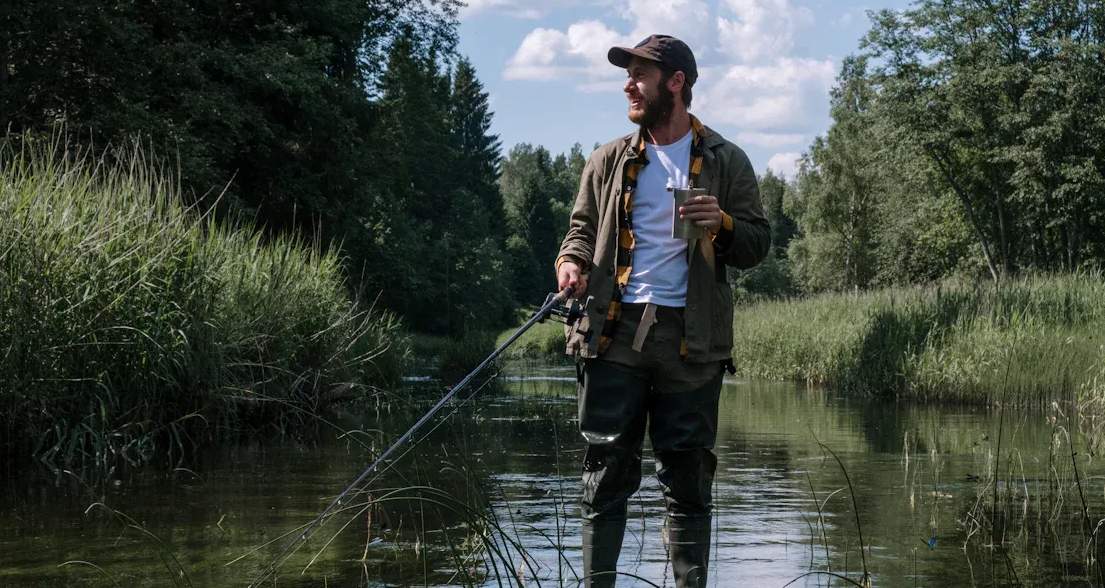
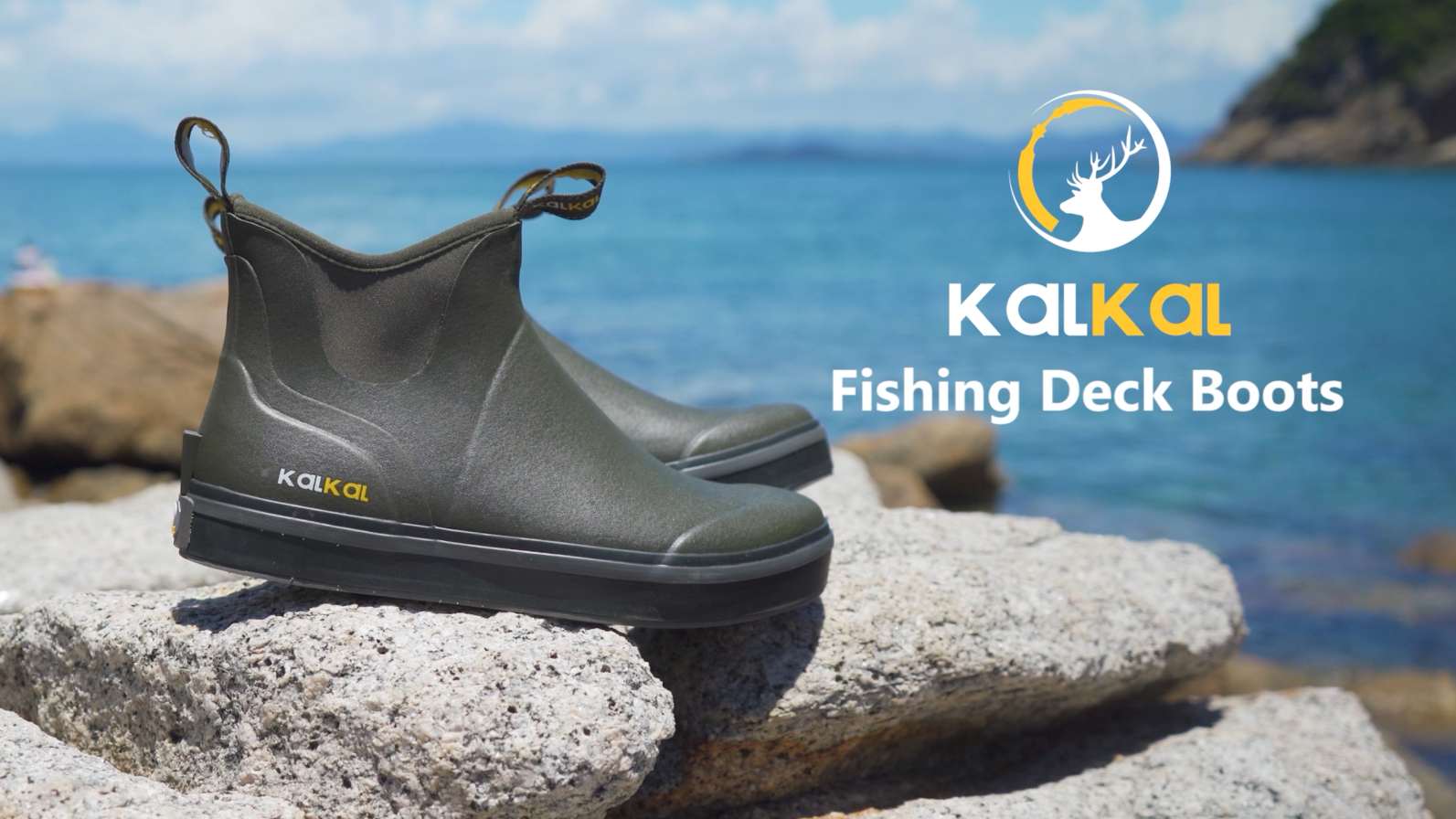
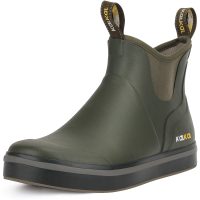

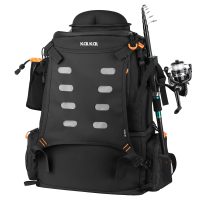
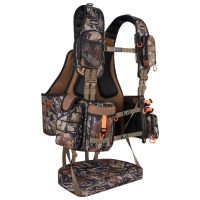
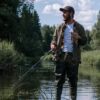
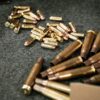
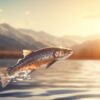
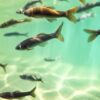
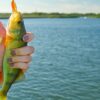
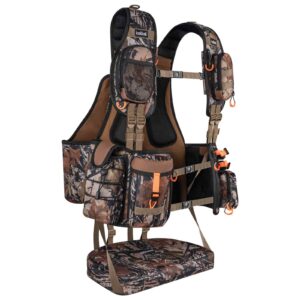
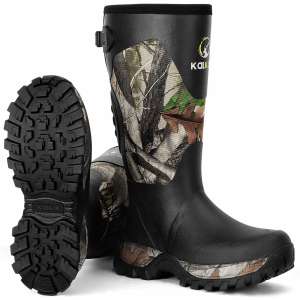
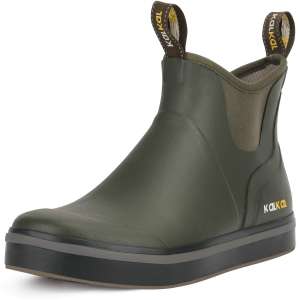
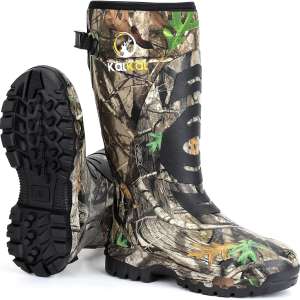
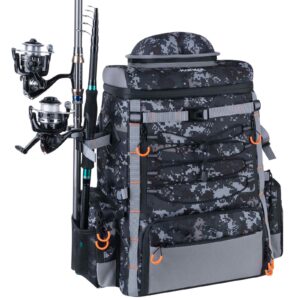

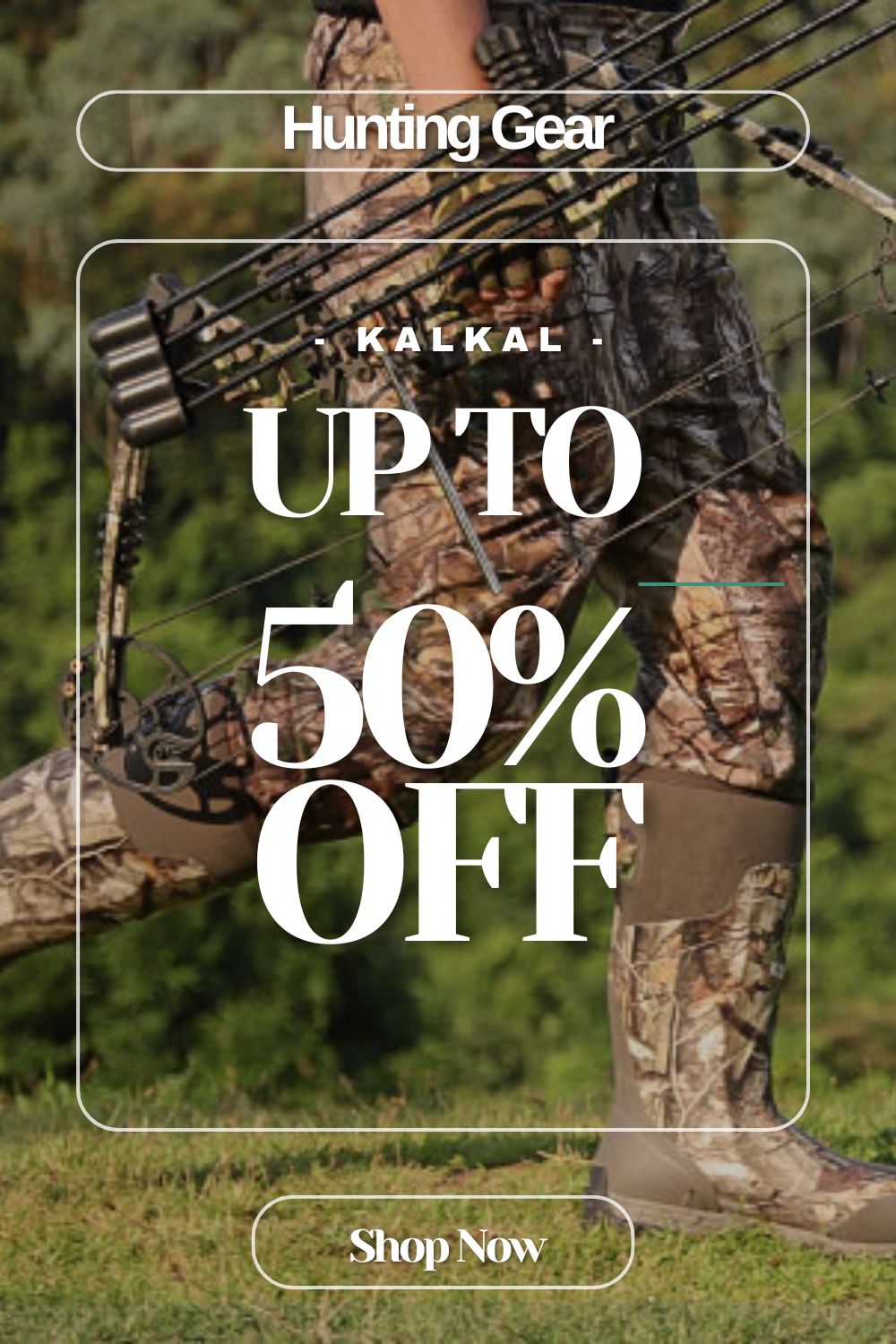

Leave a reply